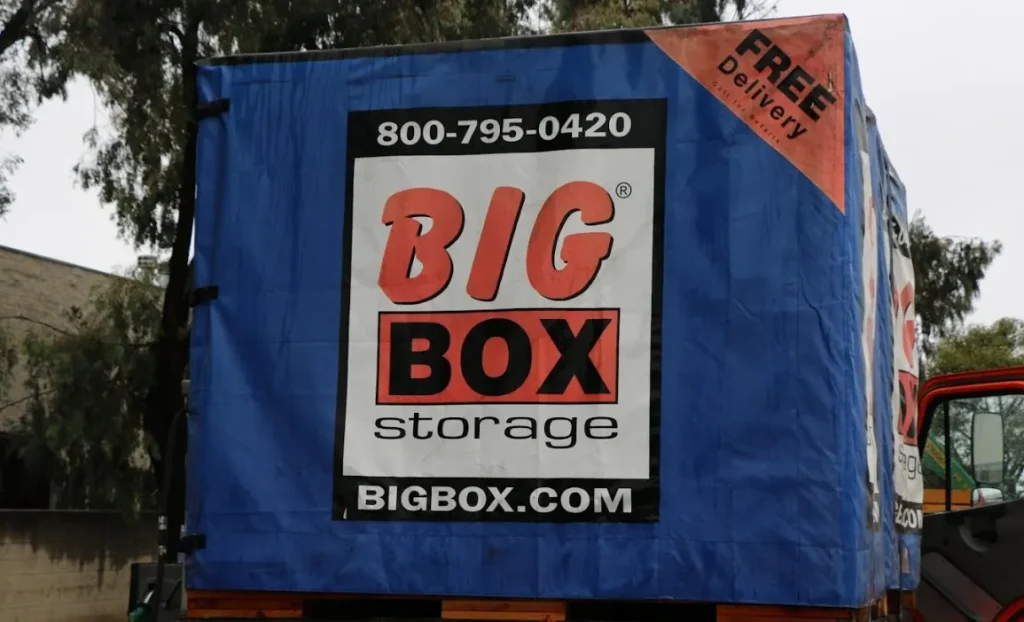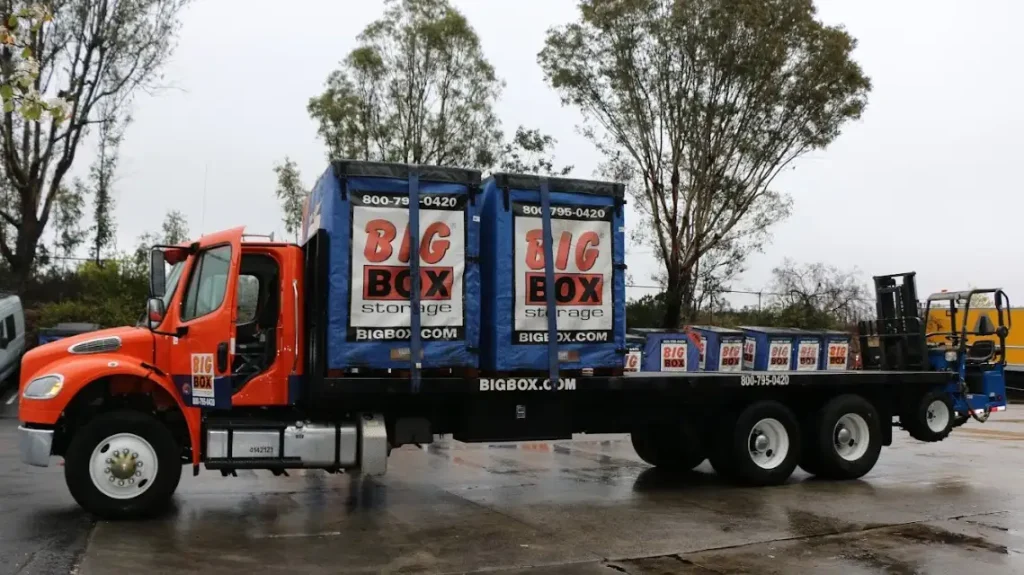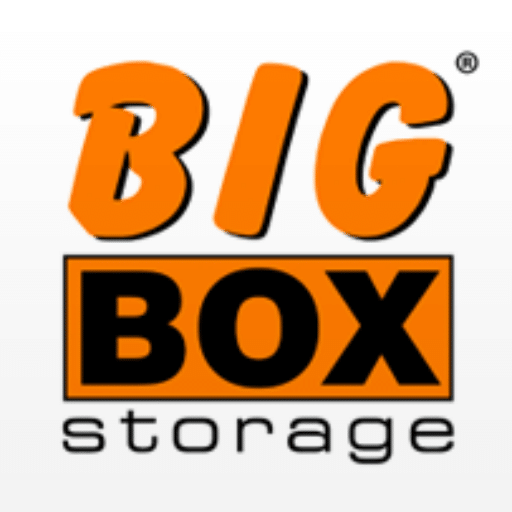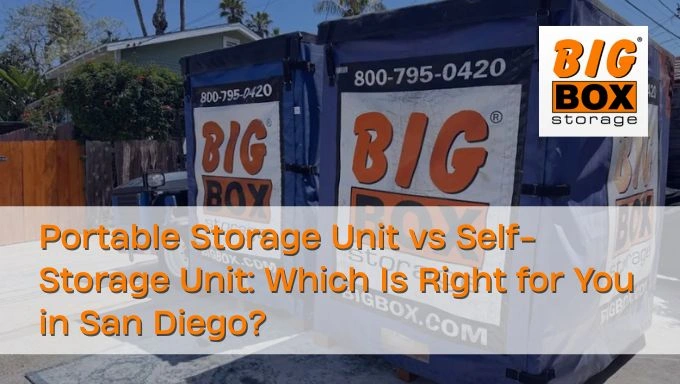When it comes to storing your belongings in San Diego, you have options—but choosing the right one can be confusing. Should you go with a traditional self-storage unit or a portable storage unit delivered straight to your home? As discussed in our article on portable storage for home projects, portable units offer flexibility and convenience that traditional storage simply can’t match. Let’s break down the differences, benefits, and real-world considerations so you can make the best choice.

Key Differences Between Portable and Self-Storage
| Feature | Portable Storage | Self-Storage |
| Delivery | Delivered to your driveway or business location | Must transport items yourself |
| Accessibility | Access at your convenience on-site | Usually access during facility hours |
| Cost Transparency | Flat monthly fee, often includes delivery | Base unit fee + potential hidden charges |
| Flexibility | Keep onsite temporarily or schedule pick-up | Fixed location, month-to-month rentals |
| Security | Lockable, weather-resistant container | Fenced and monitored, may include climate control |
| Climate Control | Optional for select containers | Available in most facilities |
| Best For | Short-term moves, home renovations, local business storage | Long-term storage, sensitive items, high-security needs |
Benefits of Portable Storage Units
1. Convenience and Flexibility
If your renovation involves clearing space for contractors or flooring work, our construction site storage options provide on-site security and flexibility.
- Beachside moves in La Jolla or Pacific Beach
- Home renovations where items need temporary storage
- Short-term business storage for seasonal inventory
2. Transparent Pricing
With Big Box, there are no hidden fees. For example:
- Big Box Storage Unit (8’L x 5’W x 7’H): ~ As low as $79/month
Compare this to a traditional self-storage unit in San Diego, where costs can start at $120/month for a 10×10 unit—plus fees for access, insurance, and climate control.
3. On-Site Access
Unlike traditional storage, portable units sit in your driveway or backyard, letting you access your belongings anytime without traveling to a facility.
4. Weather-Resistant and Secure
Big Box containers are built to withstand Southern California weather—sun, wind, and occasional rain—and can be securely locked, giving peace of mind for both homeowners and small businesses.
Benefits of Self-Storage Units
While portable storage is convenient, self-storage units offer their own advantages:
- Climate control for sensitive items like electronics or antiques
- High-security facilities, often with gated access, cameras, and on-site management
- Long-term storage for seasonal items or vehicles
Self-storage can be ideal if your storage needs are primarily long-term and offsite.
Which Should You Choose?
Consider the following factors when deciding:
- Frequency of access: Do you need to get your items often? Portable is best.
- Distance from storage: If you prefer offsite storage with minimal driveway space, self-storage is ideal.
- Item sensitivity: For climate-sensitive items, look for self-storage with temperature control.
- Budget and transparency: Portable storage offers flat, predictable pricing.

Real Big Box Customer Feedback
“I used Big Box for a home remodel in Encinitas. The unit was dropped off right in my driveway, and I could pack at my own pace. Pickup was easy, and the staff was super friendly. Highly recommend!” – Sarah L., Encinitas
“We needed temporary storage for our San Diego office during renovations. Big Box made it simple and affordable. The container was secure, and we had full access anytime.” – Michael R., Mission Valley
Frequently Asked Questions
Is portable storage cheaper than self-storage?
Often, yes, especially when you factor in delivery and no hidden fees. For example, a 8’ Big Box unit starts as low as $79/month compared to $120/month for a 10×10 self-storage unit in San Diego.
Q: Can I store sensitive items?
Yes, with our wooden units your items will remain safe. Otherwise, consider a self-storage facility with full climate control.
How long can I keep a portable storage unit?
Month-to-month rentals give you flexibility. Keep it for weeks, months, or even longer, with easy pickup when ready.
Final Tips
- Evaluate your move or storage needs: Short-term? Go portable. Long-term? Onsite portable storage is a great option.
- Consider access frequency: If you need frequent access, a driveway container beats driving to a facility.
- Check local pricing: San Diego storage costs vary—Big Box offers transparent, flat pricing.
- Think about lifestyle: For beach moves, renovations, or seasonal storage, portable units make life easier.
Ready for Stress – Free Storage in San Diego?
Big Box Storage makes storage simple, affordable, and convenient. Choose the solution that works best for you and enjoy on-site access, flexible delivery, and transparent pricing.
Schedule your Big Box delivery now and make storage simple!

